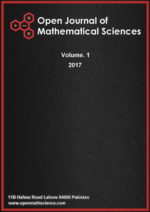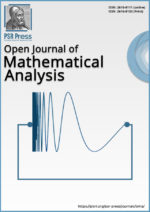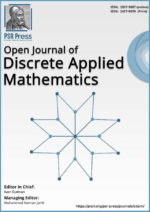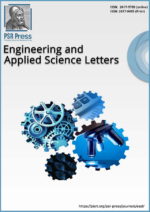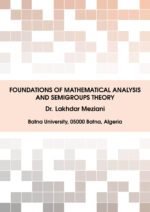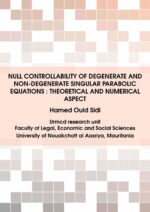TCMS-Vol. 3 (2023), Issue 3, pp. 29 – 37
Open Access Full-Text PDFEshwar Gupta, Dipesh parmar, Monika Patel, Jitesh Mehta and Dhaval padaliya
Abstract:In developing countries, Diseases related to inadequate water, sanitation, and hygiene are a huge burden. It is estimated that 88% of diarrheal disease is caused by unsafe water supply and inadequate sanitation and hygiene. The future generation of a nation spends most of its time in schools, and since the status of the WASH component in school is strongly linked to Learning and health. Therefore, Objectives of the study was to assess the status of availability, accessibility, functionality, usability, and quality of WASH standards in secondary schools located in a Municipal corporation area of Saurashtra region. Methods: The study was carried out in 34 secondary schools in the study city for a period of 18 months. Data was collected using a pre-validated, standard tool in the form of a questionnaire prepared by WHO and UNICEF and analysed. Results: Out of 34 schools, the majority (24) of the schools had piped water supply as their primary source of drinking water, 70.59% had hand washing stations available, but the availability of both soap and water was observed only in 3 government and 11 non-government schools. Menstrual hygiene management like Covered bins facilities were found only in 18 schools, with a higher proportion in non-government schools; 73.52% of schools had adequate distribution of students per toilet, but the norms for girls per toilet were only met in non-government schools. A wide gap was found between the availability of toilet facilities, usability, and functionality. Conclusions: While the availability of the structural component of WASH was satisfactory in most of the schools (with a better proportion in non-government ones), its functionality, usability, and quality were not uniform among schools.


